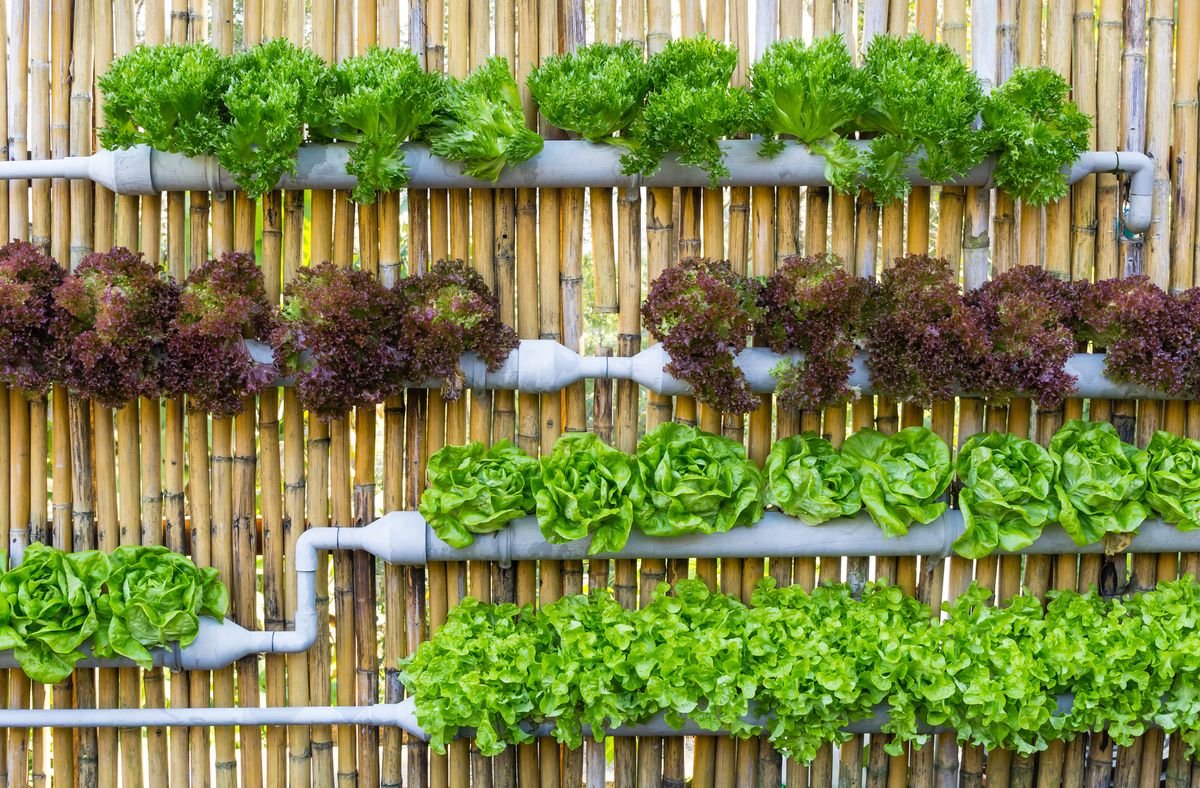Using a hydroponic system to grow plants is the best way to have a healthy garden. But it’s catching on in commercial operations worldwide. Nowadays people are starting to take notice of it too and try to have it at their homes. They’re incorporating hydroponic systems into their home gardens because it can help streamline the growing process while ensuring your plants grow organically.
Additionally, most plants will grow much faster-using hydroponics, and it gives you the opportunity to grow anything at your home you want all year round with minimal hassle. You need to use less space, yield more vegetables, fruits, or plants, and you conserve both water and soil at the same time.
If you have never known about a hydroponic system to develop your plants, it can appear to be scary to hop in. These systems can be costly, contingent upon the size. Be that as it may, the advantages ordinarily exceed the cons. I’ve removed the guesswork for you and selected 10 excellent hydroponic systems you can arrange and have dispatched right to your entryway. If you’re pondering adding to your present arrangement or doing the switch, you can look at my surveys and utilize the short purchaser’s manual to tight down your last choice.
Determine the Location
Locate the hydroponic system in an encased structure, like a greenhouse or the shady area of your house, or on an outdoor porch or deck. The floor ought to be level to guarantee even the inclusion of water and supplements to the system’s plants.
If placing the system outdoors, shield the system from the components, such as giving a breeze obstruction and checking the water levels all the more regularly because of water misfortune from dissipation.
During law temperatures, bring the hydroponic system indoors or in a shed. If sets the system in an inside room of your house, add develop lights to give supplemental lighting to the plants.
Check the climate of the region
When you are purchasing these kits, check the environment of your territory. You may develop plants indoors or outdoors. It is judicious for you to begin little. With time and experience, you can graduate into greater nurseries. You may work with open space and progressively grow your nursery.
Plant Type
Most indoor nurseries are intended to develop spices; however, some can develop vegetables, as well. The plants you’d prefer to develop will influence your choice of the best indoor nursery for your home. It’s essential to check and check whether a specific developing system is intended to accommodate spices just, or if you have the alternative to develop a few veggies in your nursery. Some indoor nurseries accompany seeds and others give you the choice to develop your own seeds, however, make certain to verify that your nursery can accommodate what you’re intending to develop.
Help Your Plants Handle the Heat
In the starting days of the summer, it is smart to add some liquid kelp and humic acid to the nutrient answer for your hydroponic nursery. This will help improve the plants’ resistance to inordinate heat and help set them up for the singing warm summer days ahead. Use Steel Buildings and sheds to prevent your plants from direct heat and sunlight.
Utilize a proportion of 5:2 of humic acid to kelp. This proportion invigorates the roots’ development and the root mass which is fundamental for engrossing more water during hot days.
This mix of additional nutrients will likewise reinforce your plants and help them shield themselves from cell harm because of stress from a lot of heat and an excessive amount of direct UV light.
Make sure to make these strides protectively in pre-summer before the plants’ real weight happens if you need them to be effective and keep your nursery protected and flourishing throughout the summer.
Keep Pests Away
No matter what you do, odds are if you decide to develop your plants outdoors, you should manage pests and creatures. The best appeal to hold the harm to your hydroponics garden at the very least level is to grow a couple of different plants around it and expect that they will assault them all things considered.
If you don’t care for the possibility of critters and creatures crunching on any of your plants, at that point, you can utilize some specific cleansers or natural pest sprays, and insecticidal cleansers to fend off creepy crawlies and little creatures.
To guard your plants against pests, you need to guarantee that they are pretty much as solid and solid as could really be expected. This is the reason you should utilize generally useful, full-range fertilizers with high potassium to nitrogen proportion. If you try too hard with nitrate nitrogen, this can cause your plants’ debilitating, which will make them more helpless to growths and creepy crawly harm.
Likewise, you can build calcium consumption, which also animates the reinforcing of the plant cells and makes them more impervious to high or low temperatures. Recollect that the better your plants are, the more delicious they will be, and the more vitamins and nutrients they will give.
Temperature Regulation
The temperature of your indoor garden is significant. During the colder seasons, numerous spices and different plants cease to exist, and you need your indoor garden to thrive. Keeping the temperatures around 65 to 75 degrees Fahrenheit is ideal for your little plants, while seeds favor it somewhat hotter, around 68 to 78 degrees.
Even though your indoor garden probably will not need a heater, you may have to consider one if you have an aquaponic system and your fish lean toward it to be hotter. The temperature likewise matters dependent on where you plan on putting your indoor garden: For instance, an unheated sunroom throughout the colder time of year probably won’t be the best place.
Maintenance
The majority need a low-maintenance indoor garden system that requires no consideration. Although aquaponic systems will require a touch more maintenance, soil-based and hydroponic systems are exceptionally simple to begin and keep up. Select an indoor garden that has a programmed light clock and a moistness vault.
You truly will not have to do a lot to keep up your plants, making your indoor garden an independent system that gives you yummy spices and veggies with negligible exertion. If you need a system that is a touch more involved for youngsters, think about an aquaponic system or a customary soil system that requires somewhat more exertion.










